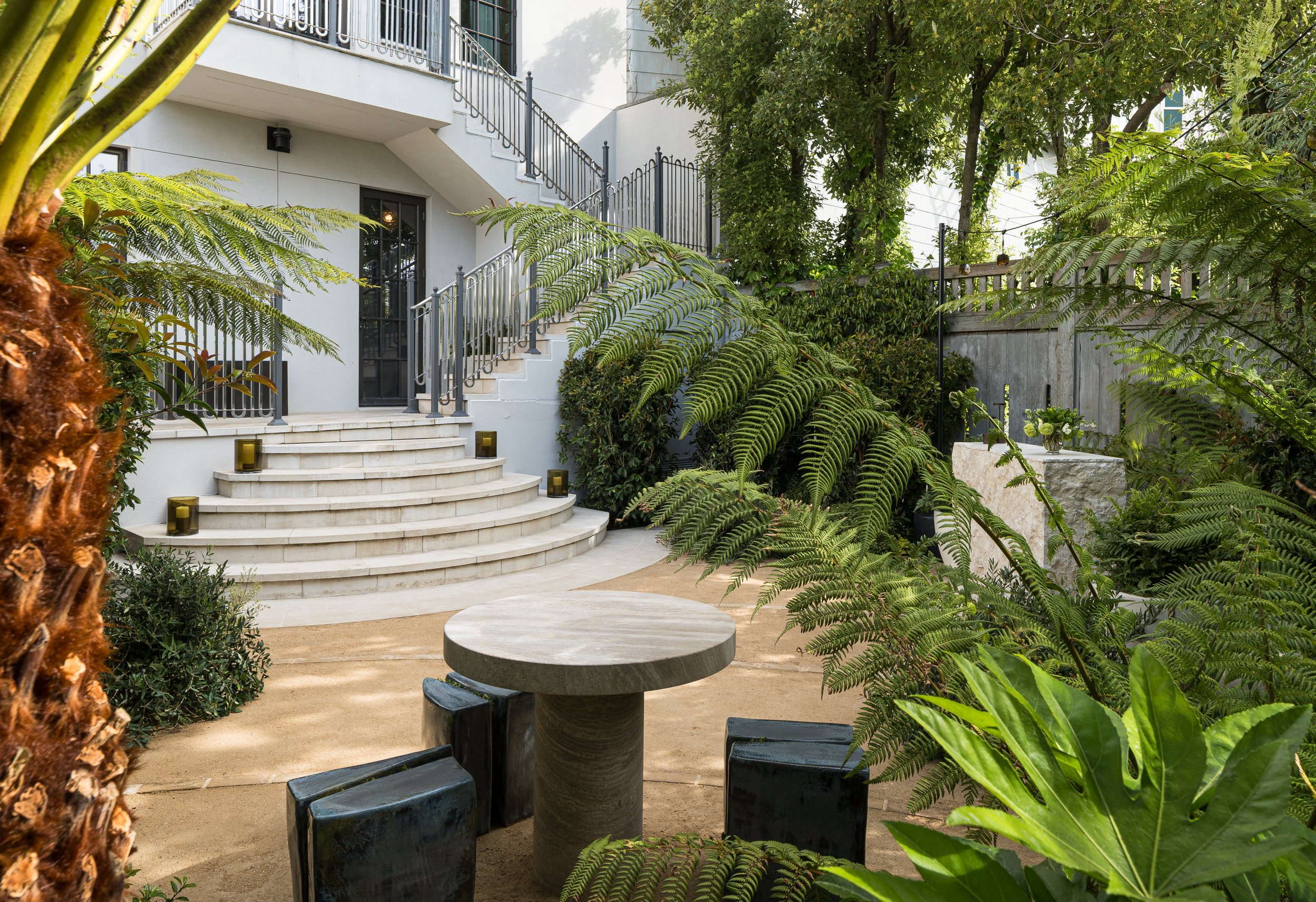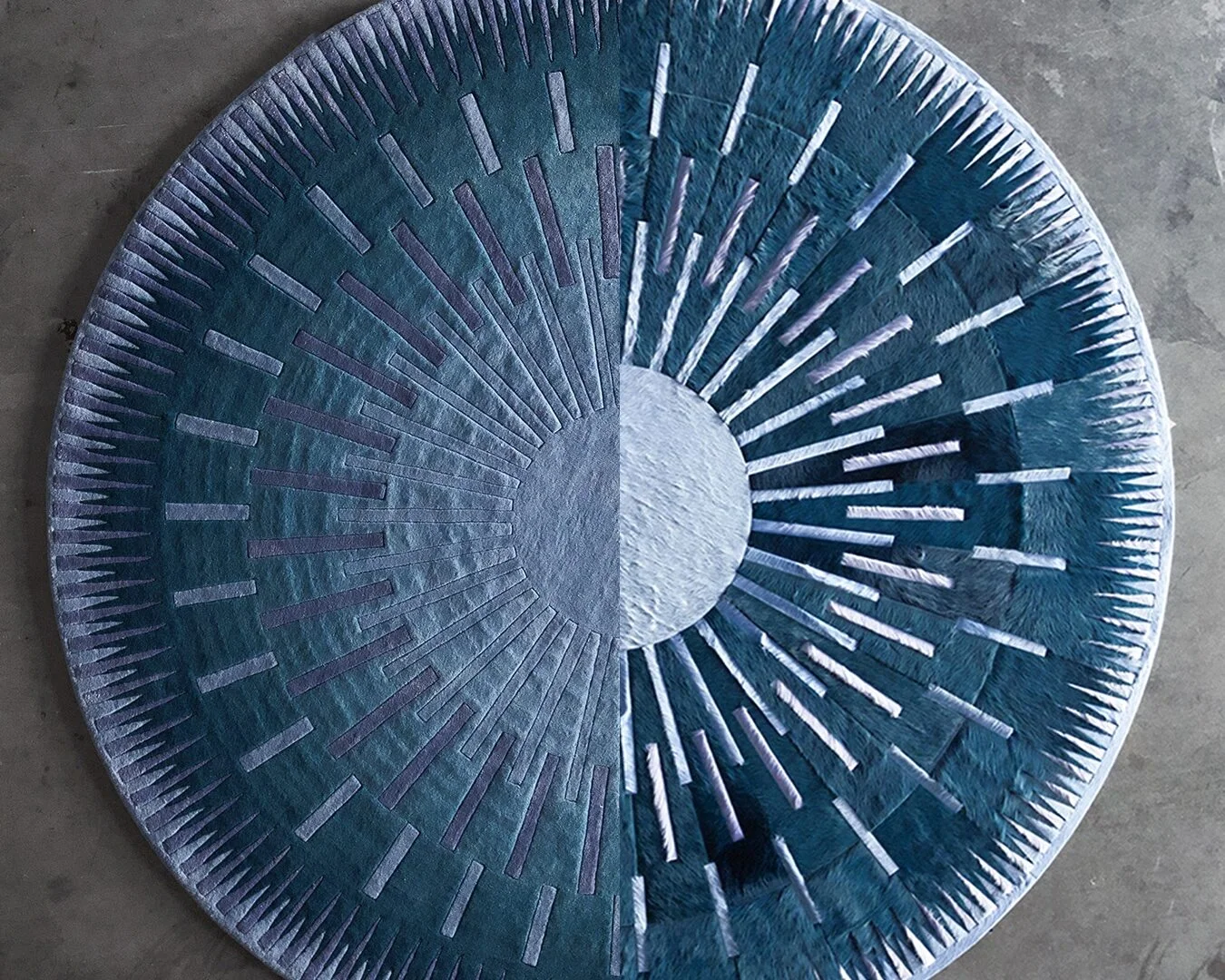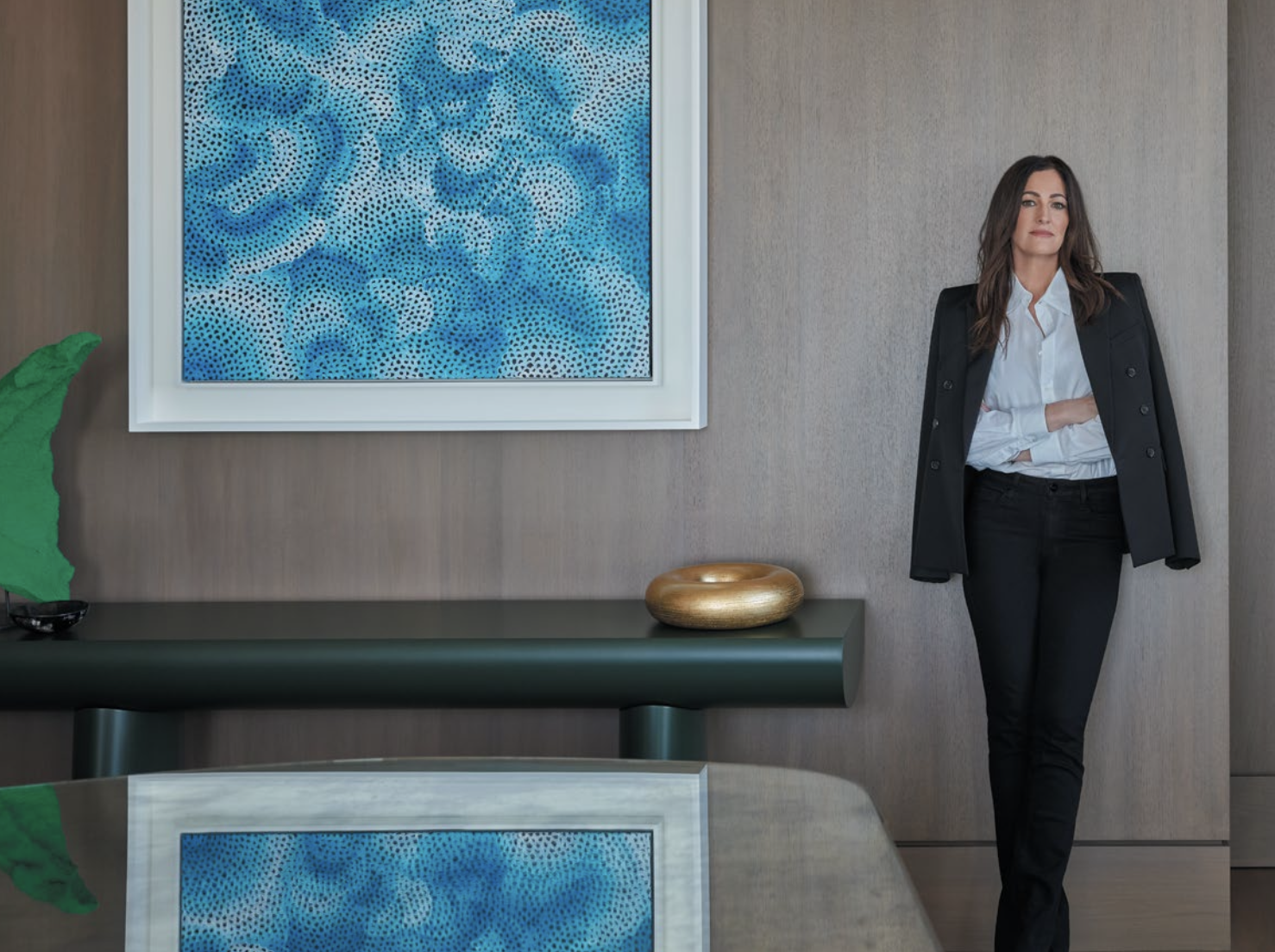On the Shelf: “Contemporary Living” by McClean Design
Author:Lindsey ShookRenowned L.A. architect Paul McClean found his firm McClean Design in 2000, with the hopes of defining modern living by forging a deep connection between homes and their surrounding environments. Now, they are one of the most sought after firms for contemporary architecture that defies predictability while maintaining sustainable design practices. We recently sat down with founder Paul McClean to discuss his second book Contemporary Living by McClean Design, a showcase of fifteen ultra-modern residences his firm completed over the past five years that demonstrate their livable modernism approach to California style.

-What inspired you to produce a second book and how does the second differ from the first? The first book took a long time to complete and represents work that goes back as far as 2007 right up until 2018. The second book represents much more where our thinking is now, as all the houses have been completed within the last four years. Every home in the book was built in California, and that was important to us. We wanted to put a book together that was an appreciation of California and some of the essays within talk extensively about that.
-Why the focus on California residential architecture? I grew up in Dublin, Ireland, and spent much of my time in university studying the early modernist homes that have been built here in Southern California and especially L.A.. There is such an amazing history of architecture here on the residential side. So many people came from other places to start life over and there is such an emphasis on wellness and connection to nature going right back to the houses of the 1920s and 1930s.
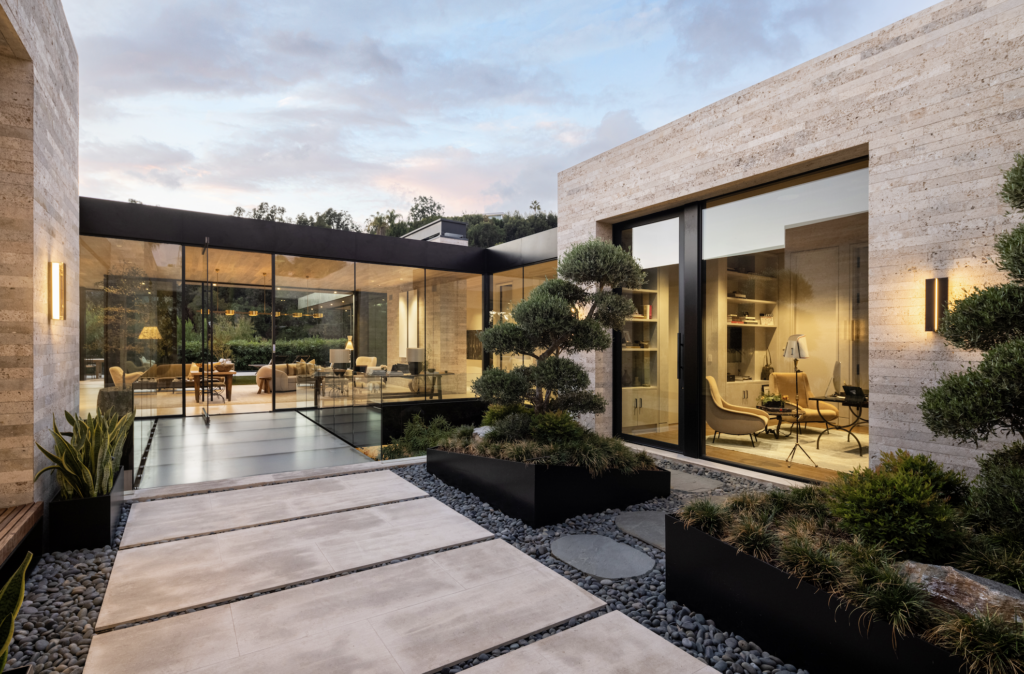
-Give us a bit of an overview of the projects in the book. The projects span several locations throughout the state, including hilltop homes overlooking the L.A. basin, a Lakeside retreat in Northern California, and the restoration of one of the original houses that pre-date the San Francisco earthquake.
-We know it’s like asking which kid is your favorite, but do you have a favorite project in the book and why? I would never admit to having a favorite, they are all unique in their own way, but the house in San Francisco is special to me. It was such a privilege to take a home that has managed to survive for so long, restore it, and make it more compatible with today’s way of living; we hope to see her journey on at least for another hundred years.
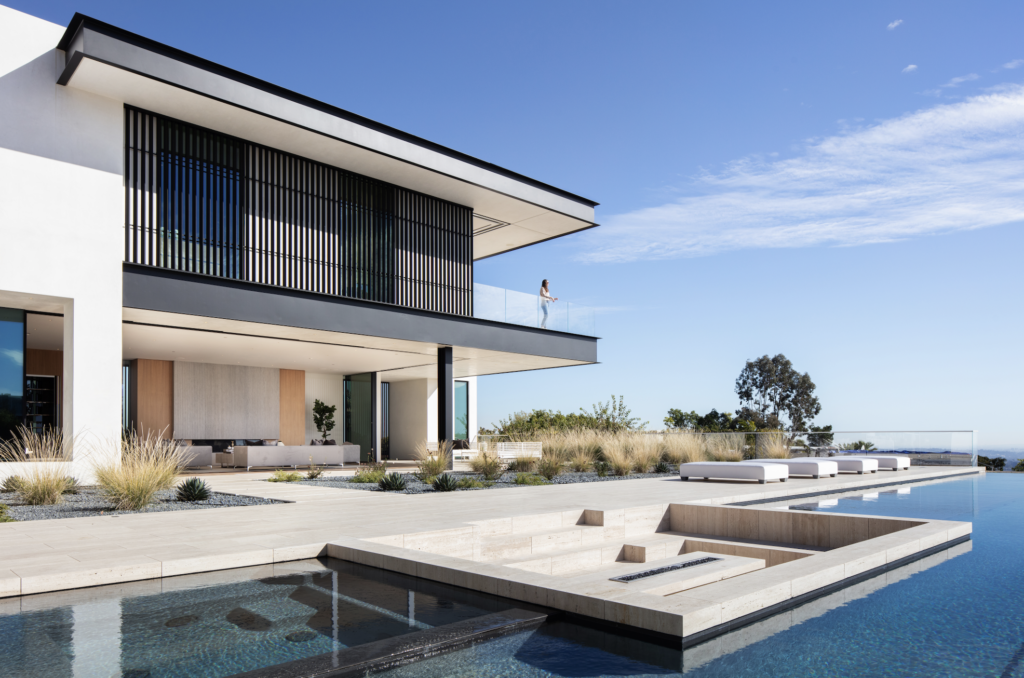
-You work with so many great interior designers, many of whom are featured in the book. Tell us about your collaborative process. We are super fortunate that we work with great people, not only interior designers, but also wonderful contractors, landscape architects, engineers, and other consultants. The basis of our collaboration is usually helping them understand what our true intent is with the design and giving them room and space to respond to that and incorporate their best ideas. We tend to go back-and-forth, as someone brings a new idea to the table that inevitably leads to moving in a different direction. It’s a very collaborative process.
-What feeling(s) do you hope to evoke in your readers? I would hope that the readers enjoy seeing the different responses to site within the book and perhaps discover some new ways of thinking about spaces for living. Hopefully, it inspires them to start their own journey, no matter how small it is, in terms of how they live, and to think of a house in different ways.
-I’m sure our audience would love to know, what projects do you have coming down the pipeline? The biggest change in our practice in the last few years is that we are working more and more out of state and internationally. We’re super excited that we will be finishing projects around the world in the next few years in some extraordinary locations as diverse as Dubai, Bangkok, Turks and Caicos, and the British Virgin Islands.
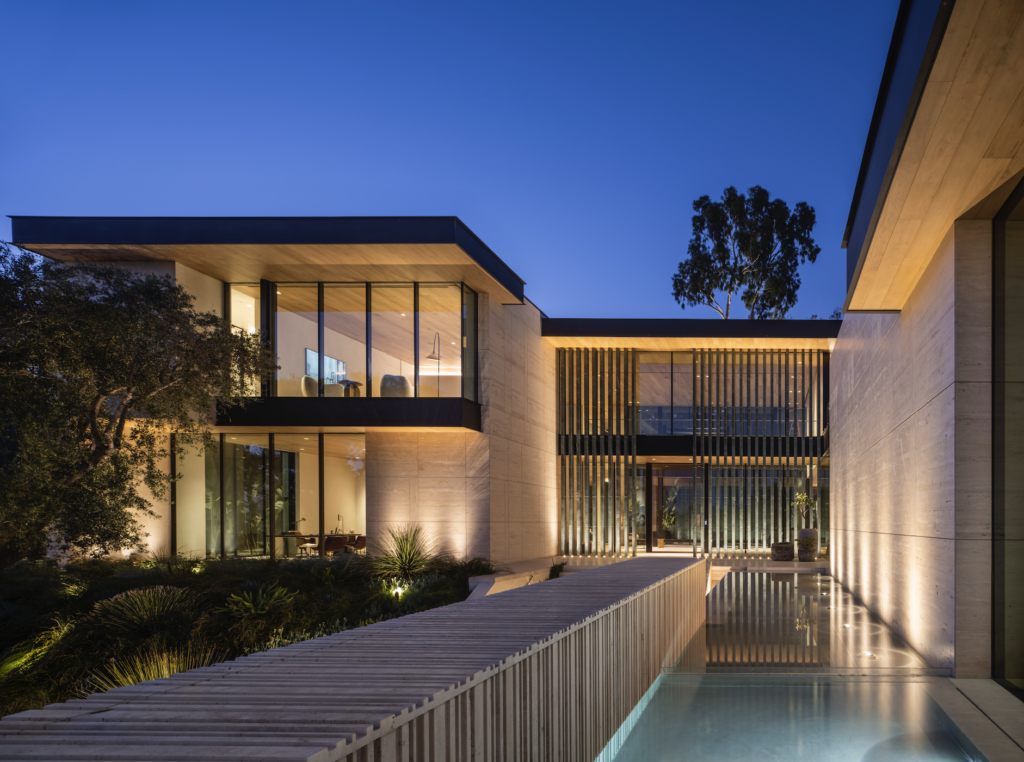
-You work on such amazing projects. Tell us, is there a dream project you’ve yet to design? If so, what would that look like? I would love to work on a project in Ireland; that’s definitely a dream. I think it would be great to have the opportunity to do more houses in less urban spaces. I would love to do a house in a forest, for example.
-Any thoughts of a third book? Definitely hoping to produce a third book in a few years. I think what will be different about that is that most of the homes will not be in California, but we will see how ideas that we have learned and developed translate into new and exciting locations.
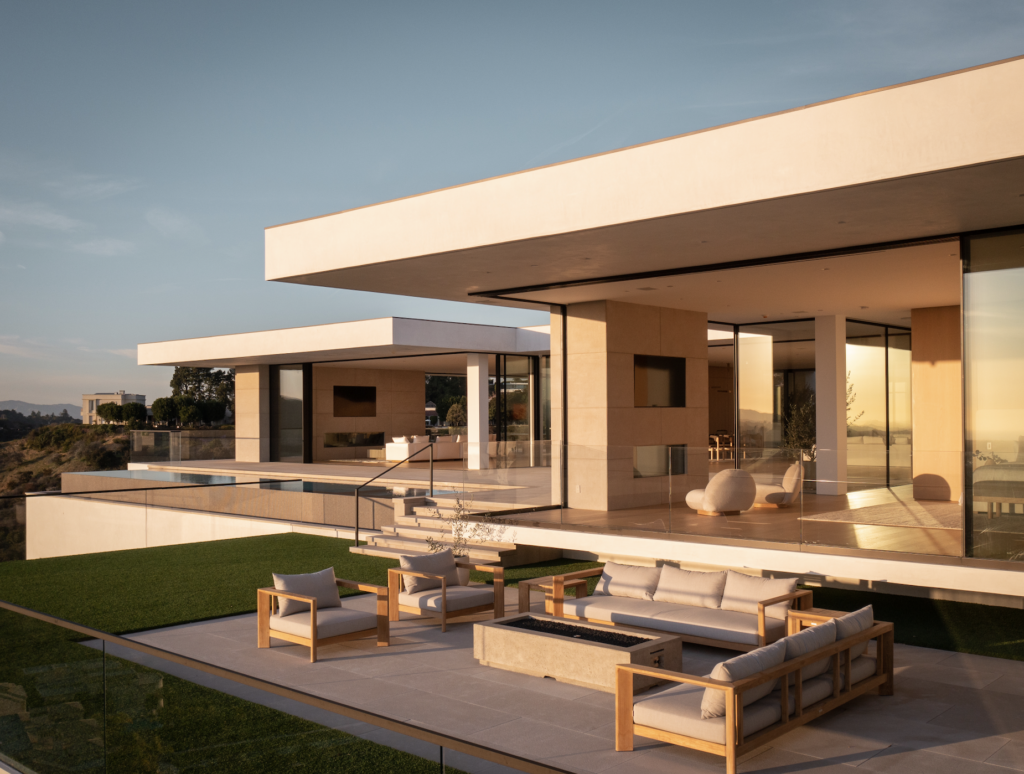
-We would be remiss if we didn’t bring up the devastating wildfires to plague Los Angeles, especially given your passion for, and focus on, residential architecture. Please tell us any thoughts you would like to share with our readers and the A&D community at large at this time. Yes, the fires are continuing to be a terrible loss, not just in terms of people’s homes and the devastation that brings to their families, but also to the architecturally significant homes that are dotted throughout the hills where the fires took place. Los Angeles is a very special place when it comes to residential architecture; I truly believe that there is nowhere else on earth that has developed so much amazing contemporary residential architecture over the last 100 years and it’s a shame how many of these homes have been lost. But not just those homes, it’s a way of life in the Palisades and Altadena, a connection to nature, a way to live that you don’t see in other large urban environments, and it will take a very long time to restore, no matter how hard we’ll try to bring back the landscaping in a naturally beautiful way, to what it once was.
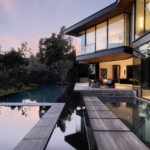
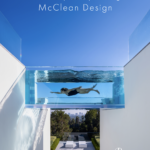
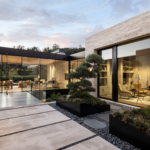
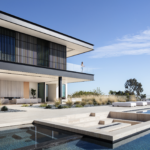
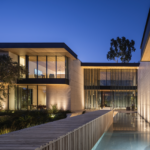
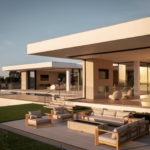
 Perugia Residence in Los Angeles. Photo by Jim Bartsch.
Perugia Residence in Los Angeles. Photo by Jim Bartsch.